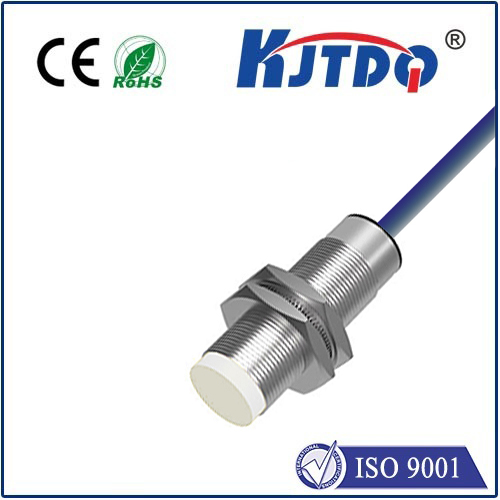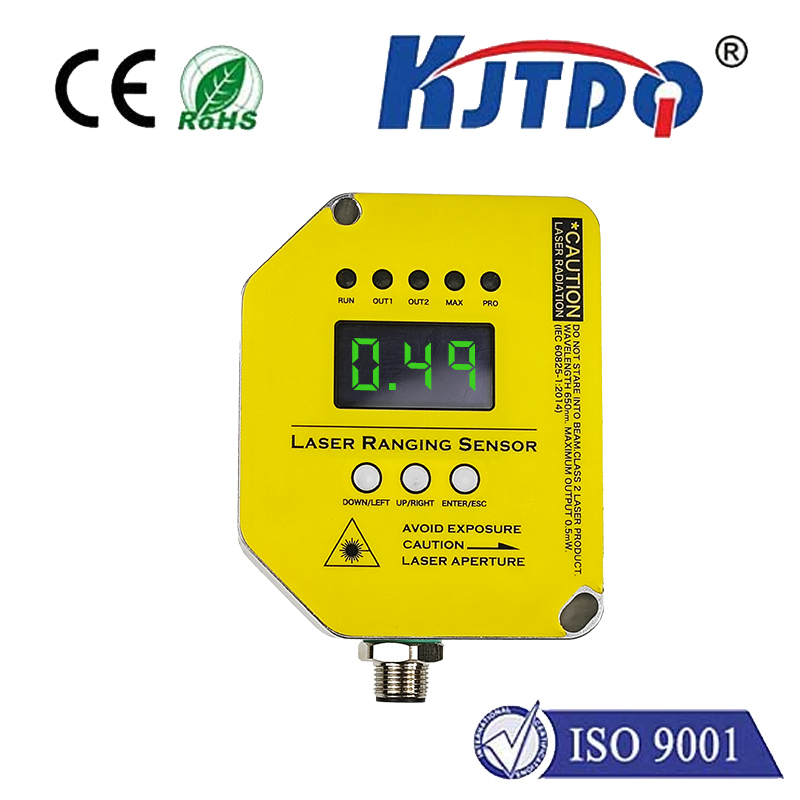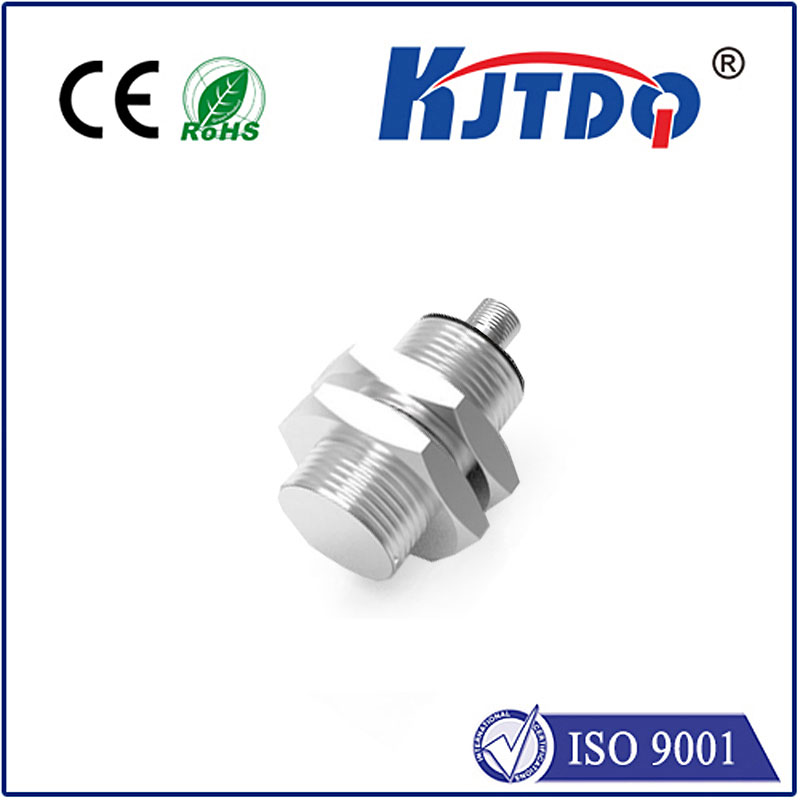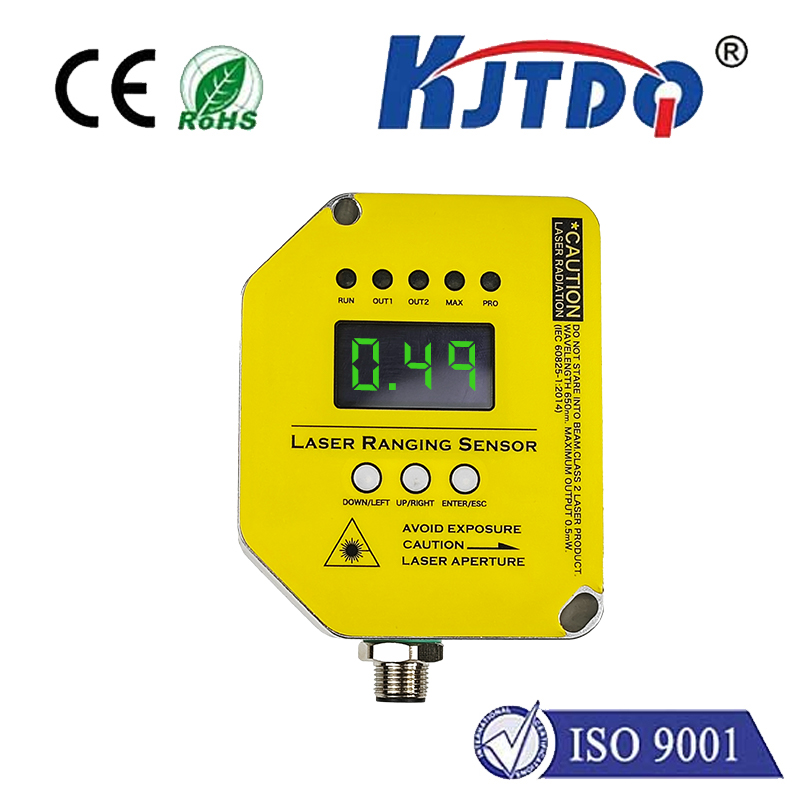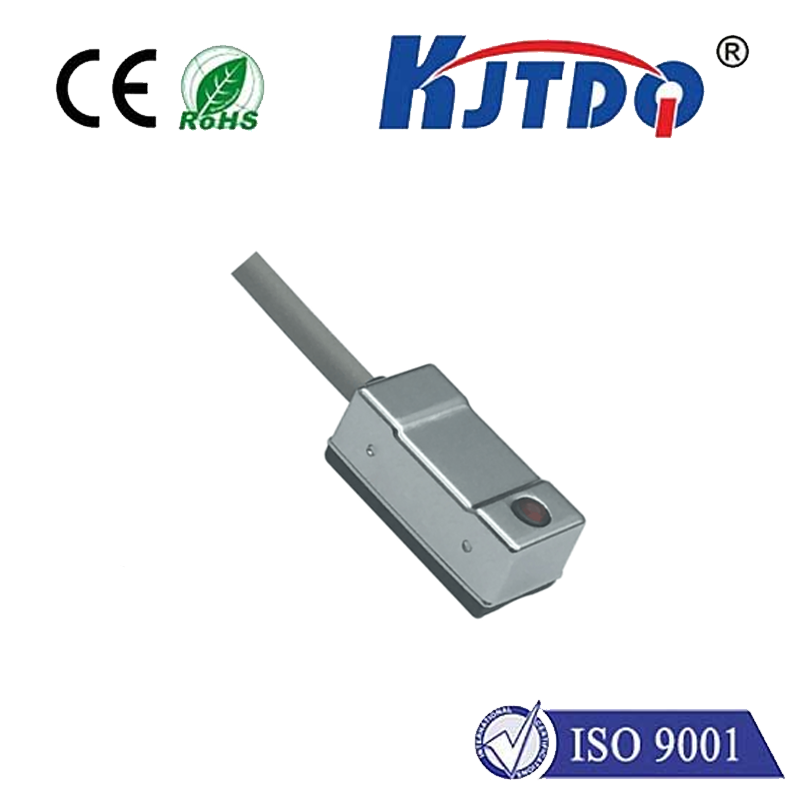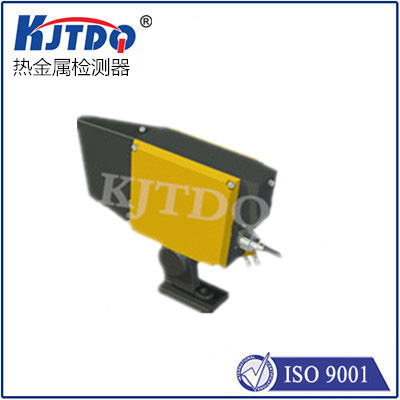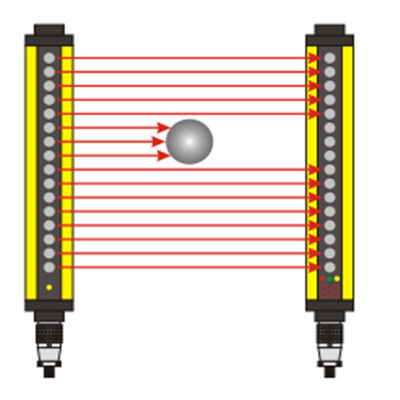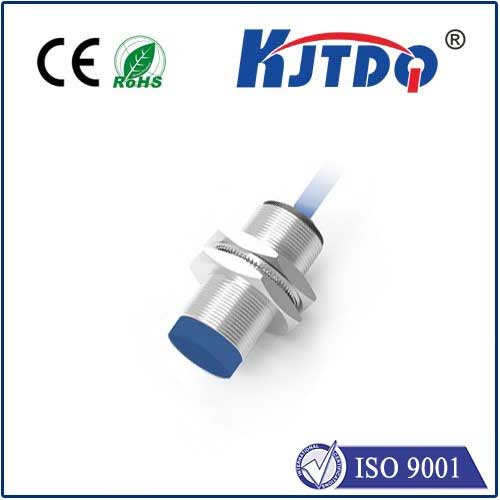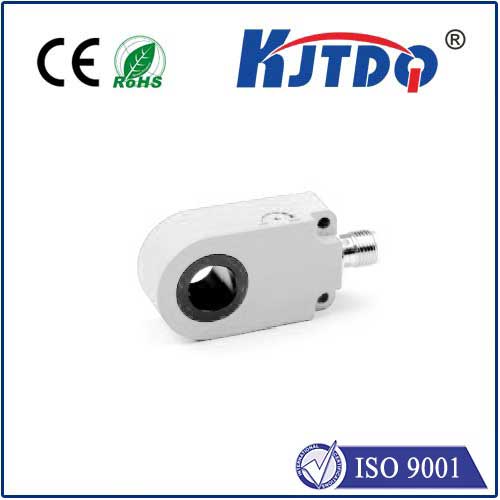

check

check

check

check
Imagine waking not to the sound of your alarm clock, but to the piercing shriek of a smoke alarm. That terrifying sound means seconds count; it’s the crucial difference between escape and tragedy. While any functional alarm is vital, not all smoke sensing technology is created equal. Enter the HW photoelectric alarm – a sophisticated, reliable shield designed to protect you from one of the deadliest fire threats: the smoldering fire. Understanding this technology isn’t just about gadgets; it’s about empowering your family’s safety.
Smoke alarms are foundational to modern fire safety. They operate on different principles, however, and choosing the right type matters immensely. Ionization alarms, historically common, excel at detecting the tiny particles produced by fast-flaming fires (like burning paper or grease flare-ups). But they often stumble when confronted with the larger, visible smoke particles generated by smoldering fires. These slow-burning fires – think overloaded electrical outlets ignishing surrounding materials, a dropped cigarette in a sofa cushion, or overheated wiring smoldering within a wall – are insidious. They produce thick, toxic smoke long before visible flames erupt, often during the night when people are asleep and most vulnerable. Tragically, this smoke is the leading cause of fire-related fatalities.

This is precisely where photoelectric smoke detection shines. The core principle is elegantly simple yet highly effective. Inside an HW photoelectric alarm, a light-emitting diode (LED) constantly sends a beam of light into a sensing chamber. This beam is precisely aimed so that in normal conditions, it doesn’t hit a light detector (photocell) situated elsewhere in the chamber. When smoke particles from a fire enter this chamber, they scatter the light beam. This scattered light is detected by the photocell. Once the scattered light hits a certain threshold, the alarm’s loud, piercing sound is triggered.
The key advantage? Photoelectric alarms demonstrate significantly faster response times – often minutes faster – to smoldering fires compared to ionization models. This early warning is invaluable, providing those critical extra moments for safe evacuation, especially during the vulnerable nighttime hours. Furthermore, modern HW photoelectric alarms are engineered to be less prone to nuisance alarms caused by common household occurrences like cooking steam (within reasonable limits) or shower humidity, reducing the temptation to disable the alarm – a dangerous practice.
So, why consider an HW photoelectric alarm specifically? HW brands leverage this proven photoelectric technology, focusing on delivering reliable protection precisely where it matters most. Here’s what typically defines their value proposition:
Modern fire safety standards and leading organizations like the National Fire Protection Association (NFPA) strongly recommend photoelectric technology or dual-sensor alarms (which combine both photoelectric and ionization) for optimal protection within living spaces. HW photoelectric alarms directly address this recommendation, providing focused, state-of-the-art detection against the most lethal fire type. They represent a commitment to providing proactive, intelligent protection.
Investing in an HW photoelectric alarm means prioritizing a specific, critical layer of fire safety. It’s choosing technology proven to give you the earliest possible warning during the stealthy, smoke-heavy fires most likely to claim lives. It complements other alarms you might have, forming a comprehensive defense strategy. Reliable smoke detection isn’t a luxury; it’s a fundamental requirement for a secure home. Ensuring you have photoelectric protection installed correctly on every level of your home, inside and outside sleeping areas, and testing it monthly is one of the simplest, most effective actions you can take to safeguard what matters most. Don’t wait for a crisis to reveal the importance of having the right alarm.

